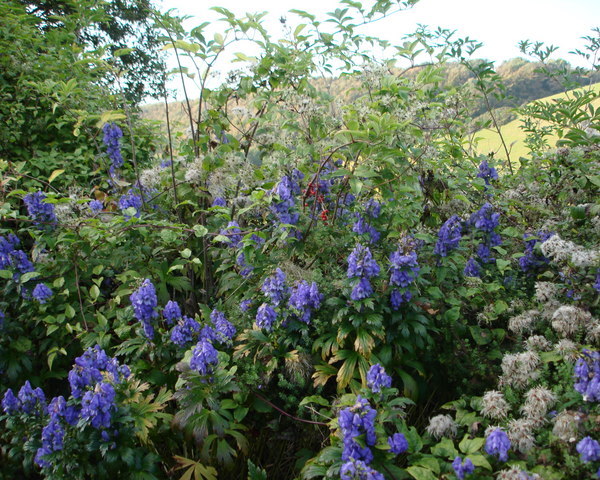
We love to adorn our garden with beautiful plants but do we consider the toxicity of these plants. Many of the plants are benign or even beneficial for mankind. But, some of the plants can be responsible for fatalities as well. You need to be careful with the plants and should not consume them without being completely sure of their contents. It is a general assumption that most poisonous plants are found in the wild. On the contrary most of the lethal plants are discovered very much in your garden. It is even dangerous to touch certain plants. Check out the below list of deadliest plants and see if any of them are in your garden.
1. Castor bean plant (ricinus communis)

Castor bean plant is quite renowned for the castor oil that it provides. It is generally found in Eastern Africa, India, some parts of Mediterranean and tropical regions. It is also grown as a decorative plant. The castor seeds (beans) contain toxins called ricin and RCA. These toxins are highly lethal for humans. Consumption of 3-4 seeds can lead to death of its victim. The victim may suffer stomach ache, dehydration and nausea. It is rightfully named as the most poisonous plant in the world in the Guinness Book of World Records in 2007.
2. Oleander (nerium oleander)
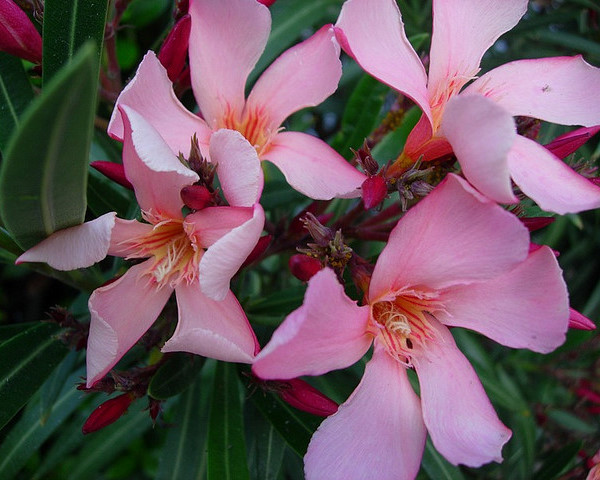
Oleander is a common plant found in most of the gardens worldwide. All parts of this plant are highly poisonous when devoured. It contains cardiac glycosides which is fatal for humans and other mammals. Around 10-20 leaves are sufficient to mortally wound an adult and just one leaf can kill a child. The toxins can cause gastrointestinal and cardiac problems. It may also affect the nervous system leading to seizures, drowsiness or even coma.
3. False helleborine (veratrum album)
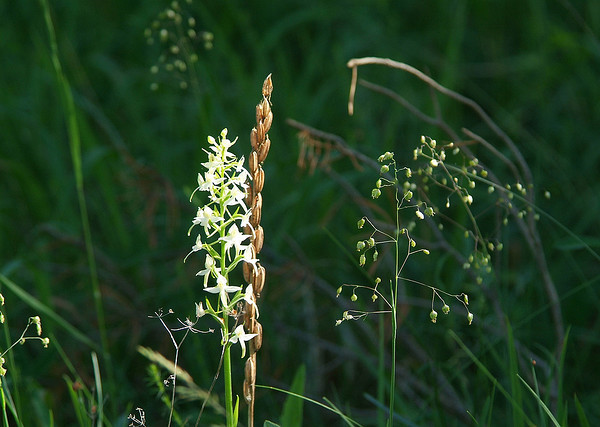
This is a medicinal plant found mostly in Europe. Its other names are White Hellebore and White Veratum. The roots of this plant are extremely poisonous. One gram is enough to kill a man. It leads to vomiting, diarrhoea and collapse. Britain has banned the use of this plant for medicinal purposes due to the high amount of toxins in the plant.
4. Western water hemlock (cicuta douglasii)
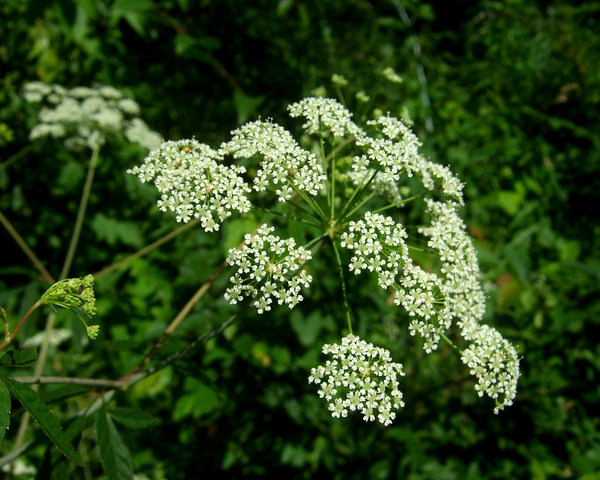
Western water hemlock is a native of North America. It grows in the marshes, stream banks, meadows and wet pastures. It contains cicutoxin in its roots. This toxin upon entering our body can severely damage the central nervous system. A tiny amount can result in a personâs death. It is among the most lethal plants in the North America.
5. Dumbcane (dieffenbachia)
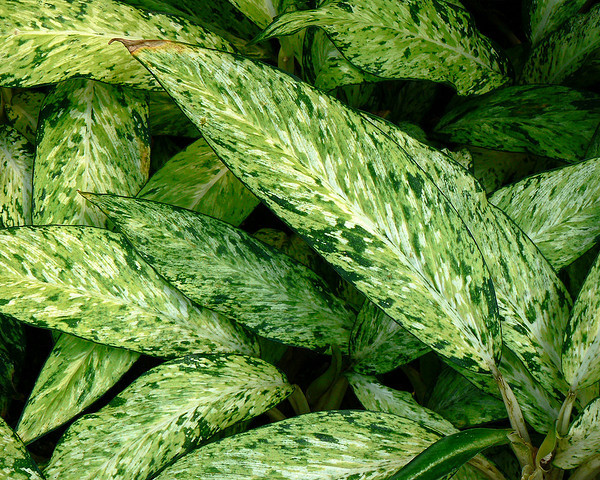
Dumbcane is a tropical ornamental plant. It is common houseplant. It is named as Dumbcane due to the loss of voice caused by its poison. This plant contains a toxin named raphides. This toxin enters the body by consuming the plant leaf. It causes swelling in the mouth and throat. The plant may also cause skin irritation when you touch it. Dumbcane is more harmful for kids and pets.
6. Bushmanâs poison (acokanthera oppositifolia)

As the name suggests Bushmanâs poison has been used by African tribe Bushmen for poisoning their arrow tips. This plant is found in all parts of Africa. The milky sap is very poisonous as it contains cardio glycosides toxin. This plant is also used for medicinal purposes as a cure for snake bites, aches and cold.
7. Aconitum napellus (aka monkshood, wolfsbane, and devil’s helmet)
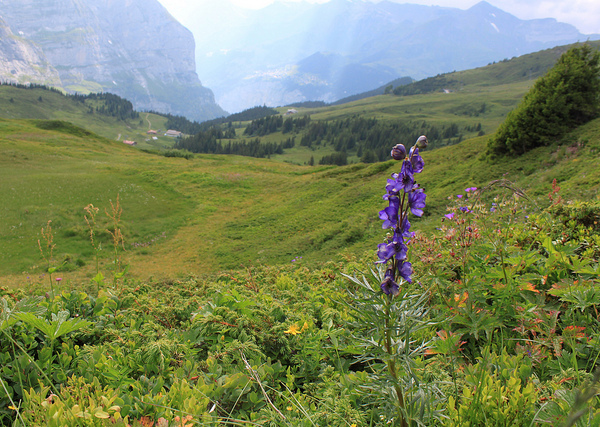
This plant is known by various names such as Monkshood, Wolfsbane, Devilâs helmet and Womanâs bane. It has high alkaloids content which makes it a deadly plant. Since ancient times, this plant has been used as poison in wars. It can cause muscular weakness, numbness, pain in the joints and gastric spasms. All parts of this plant are dangerous.
8. Yew (taxus baccata)
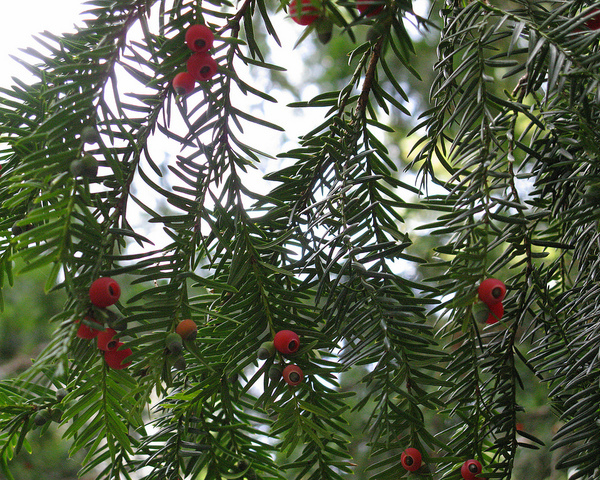
This is commonly known as Yew, English Yew or European Yew. It is mainly found in Europe, northern parts of Africa and southwest Asia. All parts of the tree are toxic with the exception of the fruit. The leaves remain poisonous even after drying. The poison causes paralysis and takes effect immediately. The wood of this tree is also poisonous and has fatally affected the bow makers using this wood.
9. Ageratina altissima (white snakeroot)
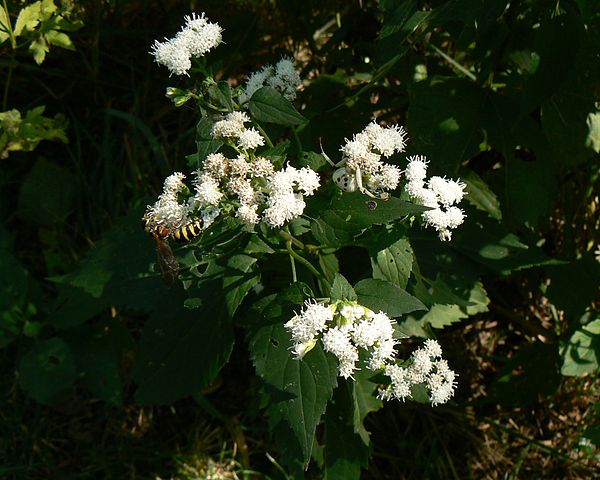
White snakeroot is a herb found in the North America. This plant contains tremetol toxin. When cattles ingest this plant they become contaminated by the poison. The milk and meat derived from such cattle is poisonous from humans. This poisoning is also known as milk sickness. It can be very fatal and end in death of the victim.
10. Abrus precatorius (Jequirity, Crab’s Eye, Rosary Pea)
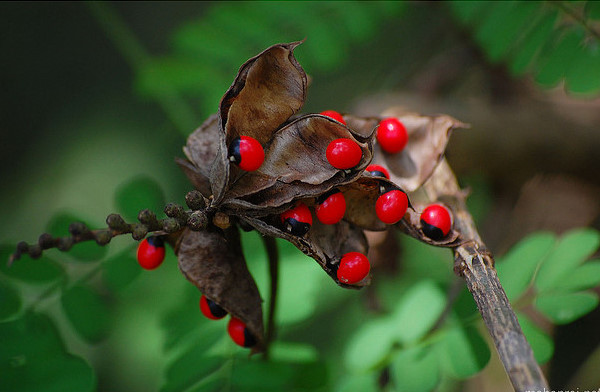
Abrus precatorius commonly known as Rosary Pea is a perennial creeper. It can be found is most of the tropical and sub tropical regions. A toxin named abrin is prevalent in its seeds making them toxic. Less than 3 micrograms of this toxin can kill a person. If the seed is swallowed whole it is not as fatal for the shell limits the chance of toxin release in the body. But when this seed is chewed it can lead to immediate death.
11. Deadly nightshade (atropa belladonna)
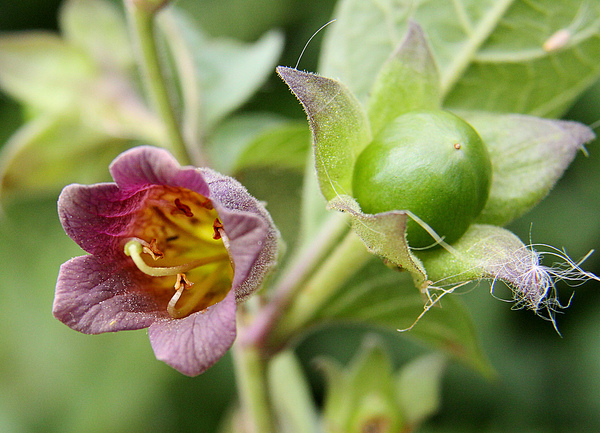
Deadly nightshade also known as Belladonna is a plant originally from Europe, Africa and Western Asia. The berries of this plant are very poisonous and sweet in taste. They are likely to be mistaken with blueberries. Consumption of these berries can lead to dimness of vision, head ache, hallucinations, constipations and convulsions. Children are more prone to eat these berries by mistake and can be lethal for them.
12. Dollâs eyes
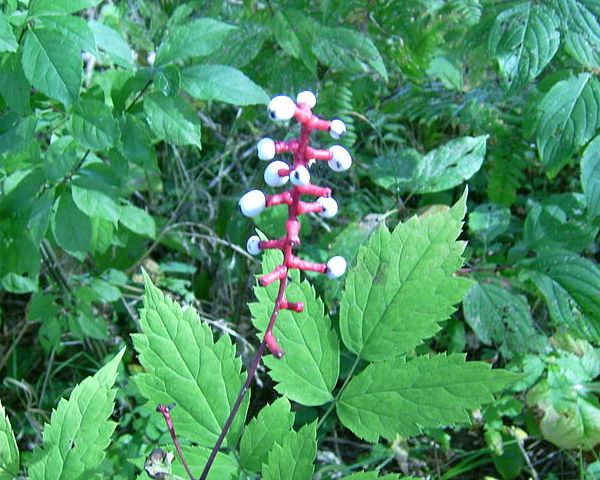
The other name for Dollâs eyes is White Baneberry. The berry is round and white in color and a black dot makes it look like a dollâs eye. The entire plant is toxic and berry is the most toxic. It contains cardiogenic toxins which can result in cardiac arrest.
13. Menispermum canadense (common moonseed)
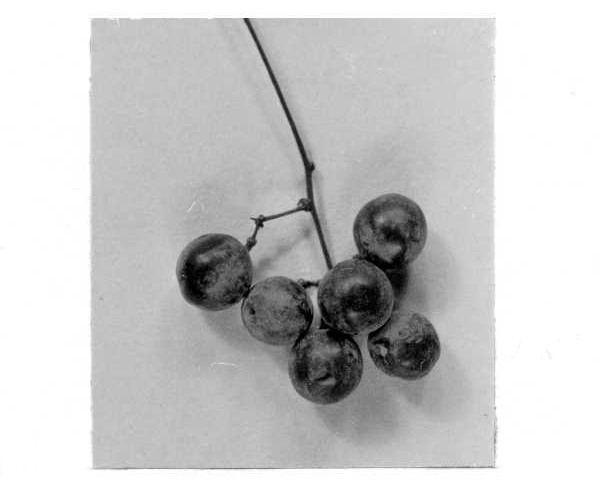
Common moonseed is a creeper found in North America and majorly in Canada, hence it is also known as Canada moonseed. The crescent shaped seed of the fruit gives it the name of moonseed. The fruit resembles grapes and can be unknowingly consumed which can prove to be fatal.
14. Mala Mujer (cnidoscolus angustidens)
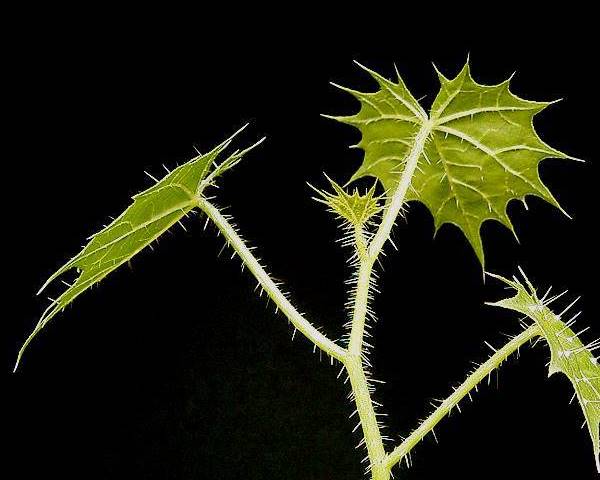
Mala Mujer is native of south western parts of America and Mexico. Though this plant is not poisonous it is completely covered stinging thorns. One touch from the plant can lead to painful rashes and skin irritation. The plant also secretes a milky sap which causes skin irritation and a little discoloration.
15. Digitalis purpurea (common foxglove)

Common foxglove is a plant found in Europe. This plant is extremely poisonous as it contains the cardiac glycoside toxin. This toxin can affect the heart and result in cardiac arrest. The other names of this plant are Purple Foxglove and Ladyâs Grove.




